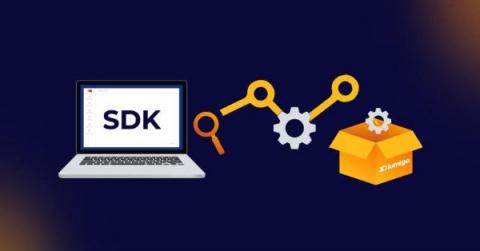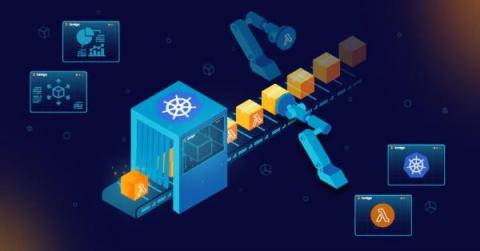Exploring Kubernetes 1.28 Sidecar Containers
Kubernetes v1.28 comes with multiple new enhancements this year and we’ve already covered an overview of those in our previous blog, Do check this out before diving into sidecar containers. We’re going to completely focus on the new sidecar feature for this post, which enables restartable init containers and is available in alpha in Kubernetes 1.28.











